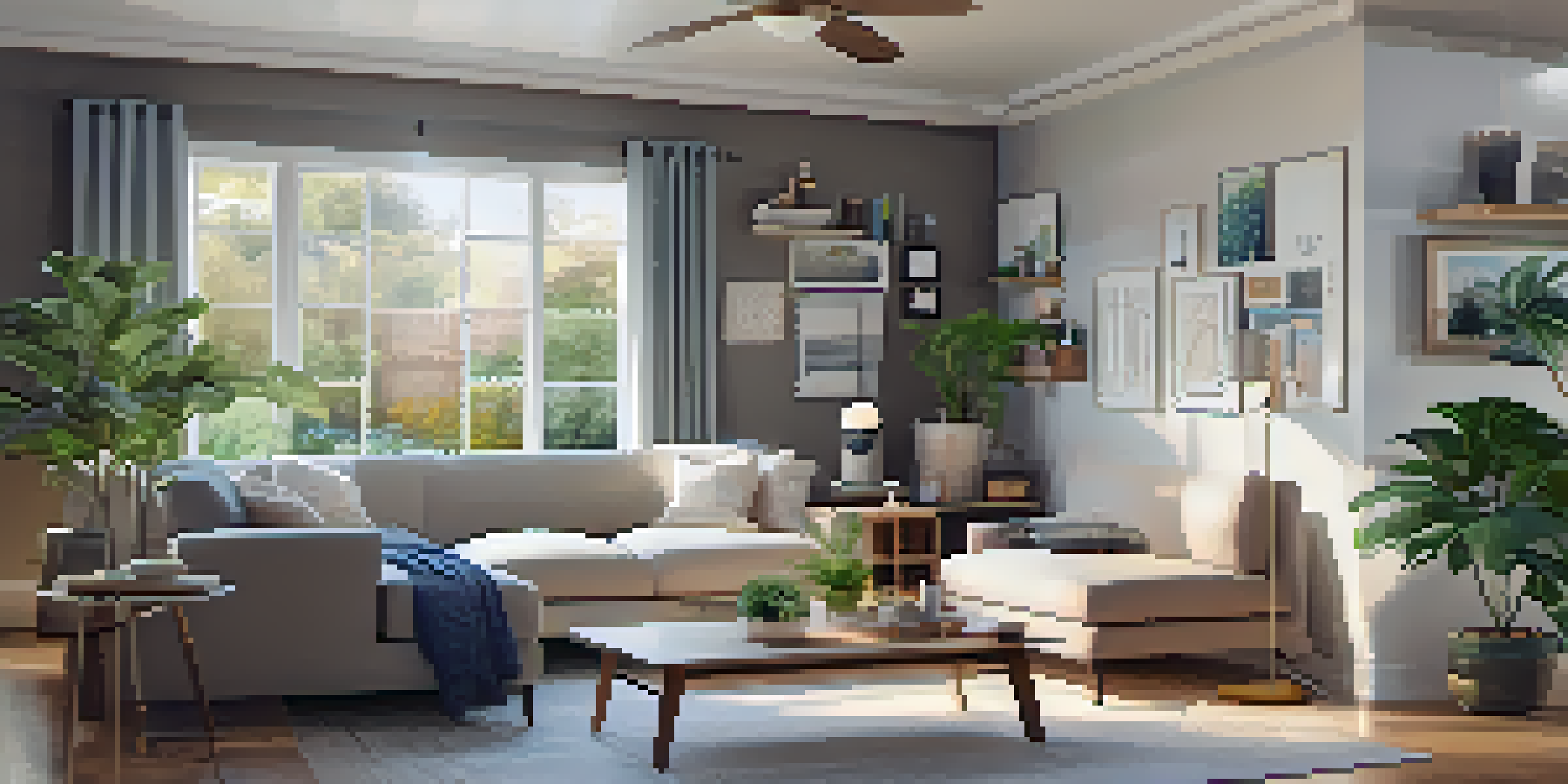Adapting Home Technology for Accessibility Needs

Understanding Accessibility in Home Technology
Accessibility in home technology means ensuring that devices and systems can be used by everyone, including those with disabilities. It involves designing products that accommodate various physical and cognitive needs, allowing all users to interact with technology seamlessly. By prioritizing accessibility, we create more inclusive environments that empower individuals to live independently and engage fully with their surroundings.
Smart Home Devices: A Game Changer for Accessibility
Smart home devices, such as voice-activated assistants and smart thermostats, can significantly enhance accessibility. For example, individuals with mobility challenges can control their home environment through simple voice commands, reducing the need to move around physically. These devices also allow for customizable settings, enabling users to tailor their home technology to fit their specific needs effortlessly.
Smart Tech Enhances Accessibility
Smart home devices empower individuals with disabilities by allowing them to control their environment through voice commands and customizable settings.
Voice Control: Making Life Easier for Everyone
Voice control technology has revolutionized how we interact with our homes. With just a few spoken words, users can adjust lighting, play music, or even lock doors, making it ideal for those with limited dexterity. This hands-free capability not only enhances convenience but also promotes independence for individuals with disabilities, allowing them to manage their home environment more effectively.
Mobile Apps: Accessibility at Your Fingertips
Mobile applications are increasingly becoming integral to enhancing home accessibility. Many apps are designed with user-friendly interfaces and features like text-to-speech and adjustable font sizes. This means that individuals with visual impairments or cognitive challenges can easily access and control their home technology, making daily tasks simpler and more manageable.
Design Matters for All Users
Thoughtful design, featuring user-friendly interfaces and intuitive layouts, is essential for making technology accessible to everyone, regardless of their abilities.
Adaptive Devices: Tailoring Technology for Specific Needs
Adaptive devices are specifically designed to assist individuals with disabilities in using technology. Examples include specialized keyboards, switch devices, and custom remotes that cater to various physical limitations. By incorporating these adaptive solutions into home technology, we can create more inclusive environments that support users in their everyday lives.
The Role of Design in Accessibility Features
When it comes to making technology accessible, thoughtful design plays a crucial role. This includes using high-contrast colors, larger buttons, and intuitive layouts that simplify navigation. By focusing on user-centric design, technology can be made more approachable for people of all abilities, ensuring that everyone can benefit from modern innovations.
Community Support for Adaptation
Engaging with community resources can provide valuable guidance and assistance for individuals seeking to adapt home technology to their accessibility needs.
Community Resources and Support for Accessibility
Many organizations provide resources and support for adapting home technology for accessibility needs. These groups often offer guidance on selecting the right devices, as well as funding options for those who may need financial assistance. Engaging with community resources can empower individuals and families to make informed decisions about the technology that best suits their unique situations.
Future Trends in Accessible Home Technology
As technology continues to evolve, the focus on accessibility is becoming more pronounced. Innovations like AI and machine learning are paving the way for smarter, more adaptive devices that learn from user behavior. This future-forward approach aims to create homes that not only respond to the needs of their occupants but also anticipate them, fostering a truly inclusive living environment.